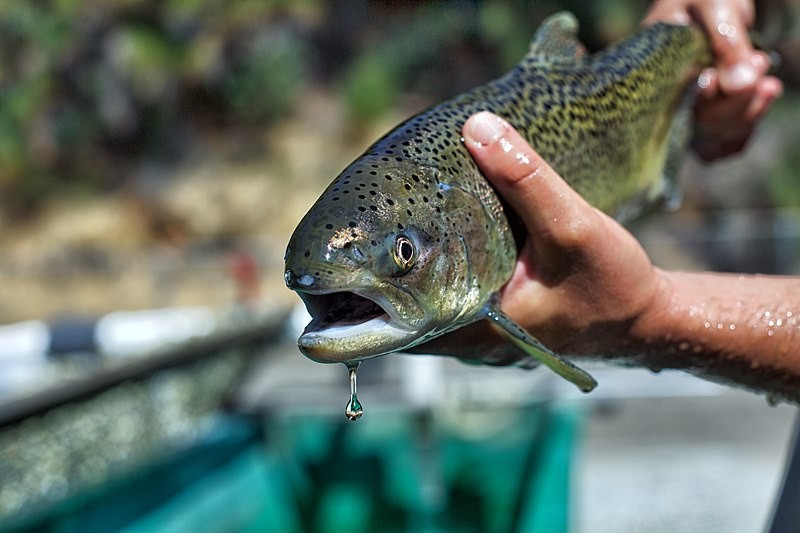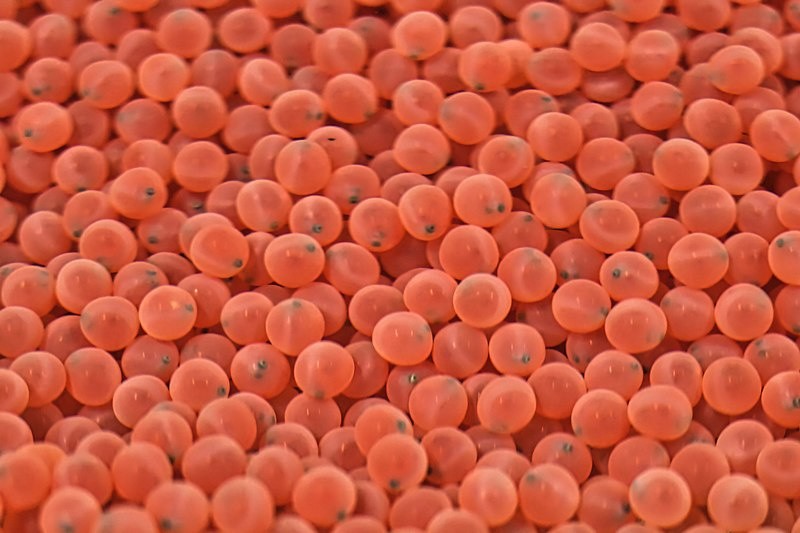Fischer and environmentalists at the same time believe the salmon's poor survival rate, one of the lowest on record, is a calamity that could have been avoided - and raises concerns about California's and the Biden Administration's environmental policies.

Regulators, on the other hand, claim that the survival numbers are influenced by the severity of one of the greatest droughts in history and a variety of other reasons.
Despite warnings that a disaster was on the way, the large fish slaughter was revealed in a letter to the federal government on New Year's Eve.
Warning
Last April, the National Marine Fisheries Service warned the survival rate might be as low as 12 percent. It might become worse, according to the Department of Fish and Wildlife. "Nearly all" of the kids were at risk.
The catastrophic fish mortality, according to environmentalists, was caused by state and federal mismanagement of the river last spring.
Related Article : Most of Indian Ocean's Coral Reefs May be Destroyed in Next 50 Years
Spawning Period

The winter-run salmon - which spawns in the heat of July in a tiny section of the Sacramento River in Redding - has been categorized as endangered since 1994 by the federal government. Environmentalists and authorities are concerned that a single catastrophic season might put the salmon on the verge of extinction in the wild since they only have a three-year breeding cycle.
At this stage, the winter run is now almost exclusively maintained alive by personnel at the U.S. The Fish and Wildlife Service collects eggs and sperm from a few adults who spawn near the base of Shasta Dam.
After they're hatched, the juvenile fish are nurtured in refrigerated holding cages at the Livingston Stone National Fish Hatchery at the base of the dam.
According to Peter Moyle, a fisheries expert at UC Davis, the other two big Central Valley chinook salmon flows - the fall and spring runs - haven't fared much better, and hatcheries mostly prop them up.
"Being a native fish in central California is a terrible period," Moyle added.
Seriously Threatened
The winter-run salmon population in California is the most seriously threatened.
Paying for Shasta Dam to discharge extra cold water for the fish has cost taxpayers millions of dollars, and millions more are spent annually monitoring the temperature of the Sacramento River's waters and the fish's condition.
Survival Rate

The baby salmon usually can't survive when temperatures in the river hit 56 degrees and the U.S. In the summer and early fall, the Bureau of Reclamation is required to conserve a pool of cold water in Shasta Lake, California's biggest reservoir, for discharge into the river.
The winter-run fight to survive even in good times. The two most rainy years in which survival rates reported since 2005 were 49 percent in 2011 and 44 percent in 2017.
According to official estimates, the 2.6 percent survival rate for 2021 is the lowest since 2005 and is even lower than the 4% survival rate from the height of the previous drought in 2015.
California politicians were adamantly opposed to the idea to build the dam. Water policy specialists believe the Biden administration has essentially postponed the project, although it is officially alive.
Also Read : How Climate Misinformation Through Social Media Worsens the Battle Against Climate Change
For more news about natural calamities, don't forget to follow Nature World News!
© 2026 NatureWorldNews.com All rights reserved. Do not reproduce without permission.





